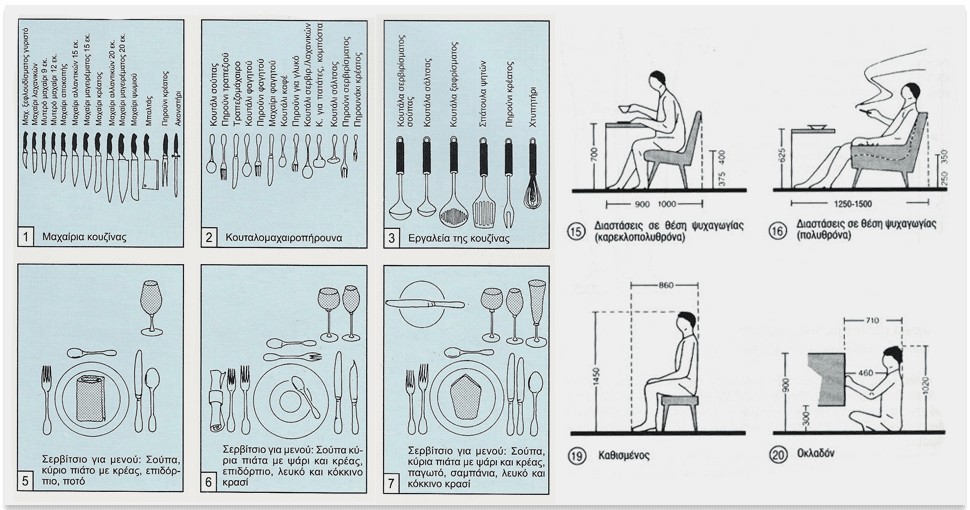

Organised largely by building type, it covers the full range of preliminary considerations, and with over 6200 diagrams it provides a mass of data on spatial requirements. It provides, in one concise volume, the core information needed to form the framework for the more detailed design and planning of any building project. He died in 1986 in his home in Bugneaux-sur-Rolle in Switzerland.Neufert's Architects' Data is an essential reference for the initial design and planning of a building project. He opened his own office, Neufert und Neufert, with his son Peter in 1953 and realized numerous projects, including many industrial buildings. Īfter World War II, Neufert was appointed professor at the Technische Universität Darmstadt. In 1939 he was appointed by Albert Speer to work on the standardization of German industrial architecture, where he published the “Building Order Manual” and developed the “Oktametric System” as measure system for the building industry. New industrial commissions for his studio led to his decision to remain in Germany. But in New York he was notified of the enormous success of the first edition of his book and returned to Berlin to prepare the second edition. In 1936 traveled to New York City and Taliesin to visit Frank Lloyd Wright and gauge his prospects of finding work in the United States. He planned other books such as a “Life Design Manual,” which was never published. At the same time he worked on his Architects' Data, which was published in March 1936 and which remains an essential reference work, having been translated into 18 languages. Kindt (with colour glass by Charles Crodel) and various housing, office, and factory buildings in Weißwasser, Tschernitz and Kamenz. He designed the private home of its director Dr. In 1934 he became the resident architect of Vereinigte Lausitzer Glaswerke (United Lusatia Glassworks). Very early Neufert recognized the possibilities for rationalization of building processes, but also the need for normative rules. After closure of the Bauhochschule by the Nazis, he moved to Berlin and worked in a private school for art and architecture founded by Johannes Itten, which was forced to close as well in 1934.

In 1929 he built his private home in Gelmeroda, a village near Weimar (today the home of the Neufert Foundation and Neufert Box, a small museum with changing exhibitions). In 1926 he returned to Weimar and became a teacher under Otto Bartning at the Bauhochschule (Building College), known as "the other Bauhaus".įrom 1928 to 1930 he realized various projects, such as the Mensa am Philosophenweg and the Abbeanum in Jena. In 1925 Neufert worked in close collaboration with Gropius on the realization of the new Bauhaus buildings in Dessau and the completion of the masters' houses for Muche, Klee, and Wassily Kandinsky. They had four children (Peter, Christa, Ingrid and Ilas).


In 1923 he met the painter Alice Spies-Neufert, a student of the Bauhaus masters Georg Muche and Paul Klee, and married her in 1924. After 1921 he returned to the Bauhaus and became chief architect under Gropius in one of the most prominent architecture studios of the Weimar Republic. Neufert later became one of the first advocates of Gaudi in Germany. In Barcelona he met Antonio Gaudi, whose architecture made a deep impression on the young student. He finished his studies in 1920, and together with the expressionist architect Paul Linder (1897-1968) embarked on a year-long study tour of Spain, where he sketched medieval churches. His teacher recommended him to Walter Gropius in 1919 as one of his first students of the Bauhaus. At the age of 17, afterįive years of working as a bricklayer, Neufert entered the school of construction (Baugewerbeschule) in Weimar. Ernst Neufert was born in Freyburg an der Unstrut.


 0 kommentar(er)
0 kommentar(er)
